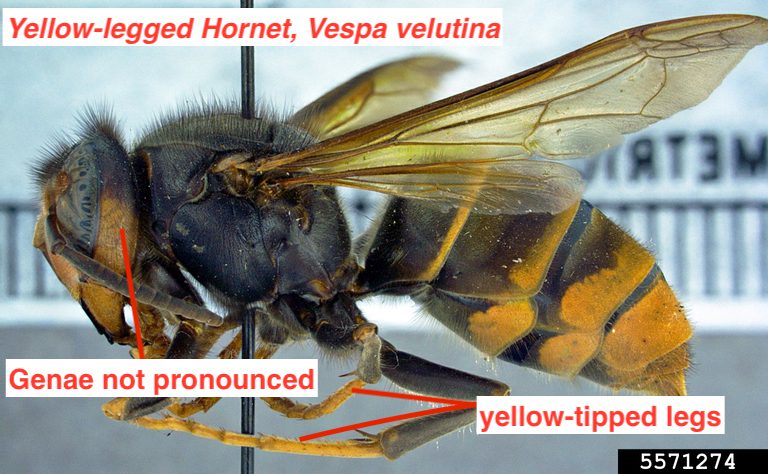Clemson University’s Department of Plant Industry is renewing its call for Lowcountry residents to report large hornets and hornet nests after officials captured a yellow-legged hornet queen in Jasper County, about three miles from South Carolina’s border with Georgia.
The hornet was captured March 14 as part of a proactive trapping protocol designed by the Department as an early warning system to help keep tabs on the invasive insects. The specimen was tested by Clemson’s Plant and Pest Diagnostic Clinic March 18 and sent to the USDA’s Animal and Plant Health Inspection Service, where it was confirmed to be a queen.
“The fact that we captured a queen is significant. It means that we have prevented a yellow-legged hornet nest from establishing in South Carolina. Georgia has been battling these insects and continues to capture them in the Savannah area, and we will continue to monitor our traps,” said Steven Long, assistant director, Clemson Department of Plant Industry (DPI).
Clemson officials are urging Lowcountry residents who suspect they have spotted a yellow-legged hornet (Vespa velutina) to report their findings to www.clemson.edu/public/regulatory/plant-industry/invasive/ylh.html.
While public reports can aid officials in earlier detections, the department will maintain its trapping efforts year-round and will be eradicating any nests they find.
The first known detection of the hornet in South Carolina was Nov. 9, 2023, and came after DPI’s Apiary Inspection Program — the regulatory agency charged with protecting the state’s beekeeping industry — collaborated with the Clemson Cooperative Extension Apiculture and Pollinator Program to set traps in Lowcountry locations following a Savannah-area sighting.
While the yellow-legged hornet — not to be confused with the northern giant hornet — is no more harmful to humans than other hornets, it can have a devastating impact on both managed and wild bees.
“The yellow-legged hornet is a predatory insect that has been reported to attack western honeybee colonies and has become a serious pest of beekeeping operations where it has been introduced,” said Ben Powell, who directs Clemson Cooperative Extension’s Apiary and Pollinator program. “Establishment of this exotic pest in the U.S. would pose a significant threat to our already embattled beekeeping enterprises.”
The yellow-legged hornet is native to Southeast Asia and has established itself in most of Europe and areas of the Middle East. The hornet builds egg-shaped paper nests above ground and often in trees. The nest can be large and house an average of 6,000 workers. This exotic hornet may be confused with several native insects, including the cicada killer wasp, the bald-faced hornet, paper wasps, queen yellowjackets, wood wasps and robber flies, but is distinguished from these other stinging insects by its larger size.
The public can visit this Clemson University publication to learn more about the hornet.
Get in touch and we will connect you with the author or another expert.
Or email us at news@clemson.edu

